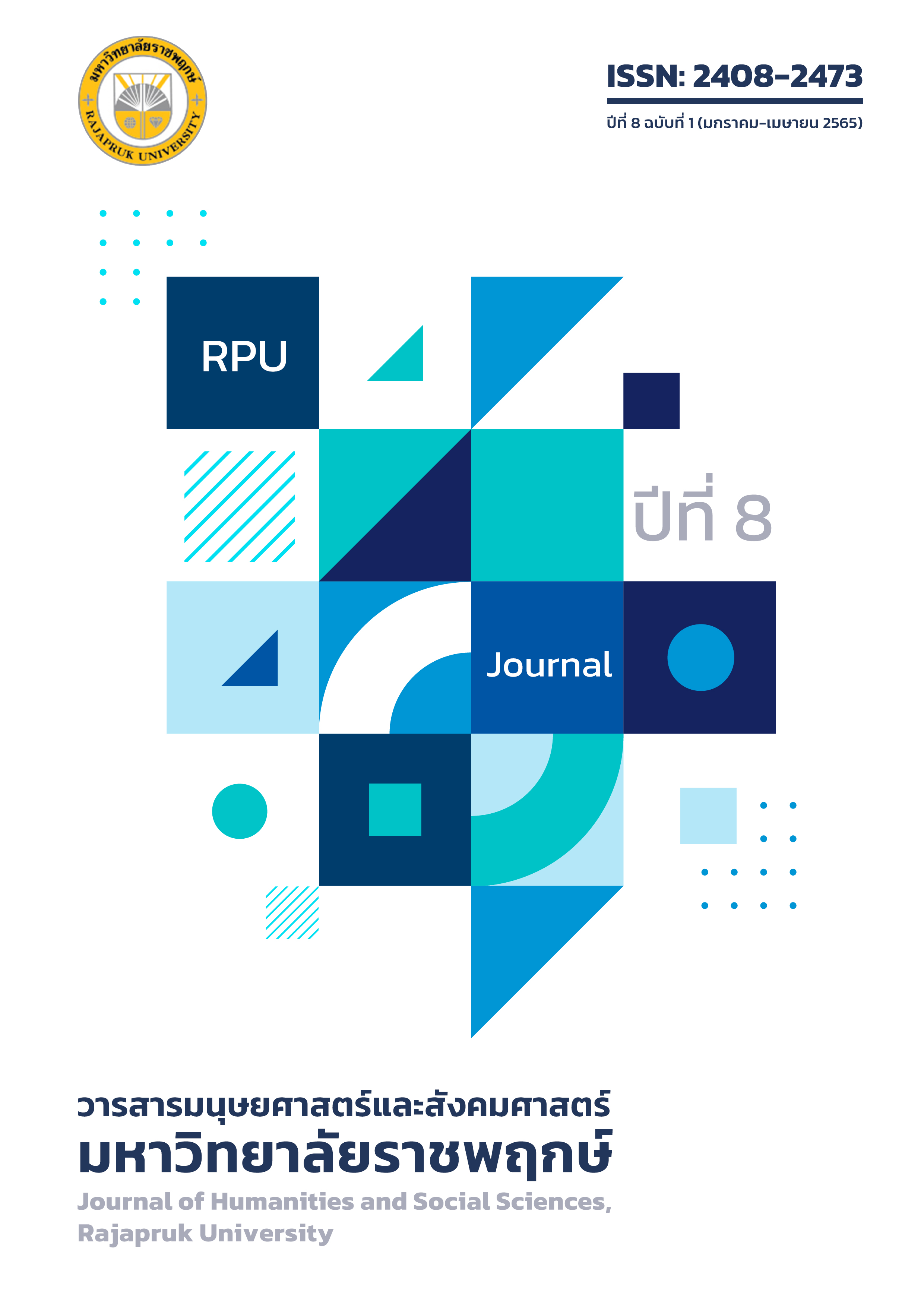The Study of Success in Driving the Philosophy of Sufficiency Economy A Case Study o
Main Article Content
Abstract
The objectives of this research were 1) to study the level of success driving the sufficiency economy philosophy, 2) to compare the differences of personal factors with the success of driving the sufficiency economy philosophy, and 3) to study the proposals for the success of the sufficiency economy. Driving the Philosophy of Sufficiency Economy: A Case Study of the Sufficiency Economy Learning Center and Drive the Philosophy of Baan Srinakorn, Srinakorn Sub-district, Srinakorn District, Sukhothai Province. For the quantitative data, a sample sample was used to represent the population, namely 135 committee members and members of the Srinagar Sufficiency Economy Learning and Driving Center, calculated using Taro Yamane's formula at 95% confidence level and qualitative data. use The main contributors were the committee and members of the Sufficiency Economy Learning Center and the Philosophy of Baan Srinakorn and Community Development Officers in Srinakorn Sub-District, totaling 5 persons. The researcher chose to use statistics for data analysis as follows: Descriptive statistics. The data were analyzed by frequency, percentage, mean, standard deviation, t-test and One-Way ANOVA.
The results of the study were as follows: 1) the degree of success in driving the philosophy of the sufficiency economy Overall, the average was at a high level. 2) Personal factors. Status within the center Different Affect the success in driving the philosophy of the sufficiency economy. Case Study of Sufficiency Economy Learning Center and Driving Center at Baan Srinakorn, Srinakorn Sub-district, Srinakorn District, Sukhothai Province The method for increasing the success in driving the sufficiency economy philosophy of Baan Srinakorn, Srinakorn Sub-district, Srinakorn District, Sukhothai Province is the role of the Sufficiency Economy Learning Center in strengthening the community. It helps to foster the development and change the vision of the people in the community as well. Learning activities result in self-reliance. Self management and can actually strengthen the household and community.
Article Details
References
กรมการพัฒนาชุมชน. (2558). การดำเนินงานหมู่บ้านเศรษฐกิจพอเพียง. กรุงเทพฯ: กรมการพัฒนาชุมชมกระทรวงมหาดไทย.
เครือข่ายการประเมินผลกรมการพัฒนาชุมชน. (2562).แนวทางการประเมินผลการดำเนินกิจกรรมตามยุทธศาสตร์กรมการพัฒนาชุมชนประจำปีงบประมาณ พ.ศ. 2562 กรุงเทพฯ: กรมการพัฒนาชุมชน กระทรวงมหาดไทย.
จงสวัสดิ์ มณีจอม. (2558). ปัจจัยที่ส่งผลต่อความสำเร็จในการพัฒนาชุมชนตามแนวทาง ปรัชญาเศรษฐกิจพอเพียงของชุมชนบ้านโคกไพร ตำบลทัพราช อำเภอตาพระยา จังหวัดสระแก้ว. วิทยานิพนธ์ รัฐประศาสนศาสตรมหาบัณฑิต มหาวิทยาลัยบูรพา.
ชูศรี วงศ์รัตนะ. (2557). เทคนิคการใช้สถิติเพื่อการวิจัย (ฉบับปรับปรุงใหม่). พิมพ์ครั้งที่ 12. นนทบุรี: ไทเนรมิตกิจ อินเตอร์ โปรเกรสซิฟ.
นวลพธู นาสา. (2557). ปัจจัยความสำเร็จในการดำเนินงานของศูนย์เรียนรู้เศรษฐกิจพอเพียงชุมชนในจังหวัดลำปาง. การค้นคว้าแบบอิสระ รัฐประศาสนศาสตรมหาบัณฑิต มหาวิทยาลัยเชียงใหม่.
สมใจ ตามแต่รัมย์. (2560). ปัจจัยที่ส่งผลต่อระดับความสำเร็จหมู่บ้านเศรษฐกิจพอเพียงต้นแบบอำเภอพานทอง จังหวัดชลบุรี. งานนิพนธ์รัฐประศาสนศาสตรมหาบัณฑิต กลุ่มวิชาการจัดการภาครัฐและภาคเอกชน วิทยาลัยการบริหารรัฐกิจ มหาวิทยาลัยบูรพา.
สำนักเสริมสร้างความเข้มแข็งชุมชน, กรมการพัฒนาชุมชน. (2560). คู่มือศูนย์เรียนรู้และขับเคลื่อนปรัชญาของเศรษฐกิจพอเพียง. สมุทรปราการ: ครีเอทีฟเวฟ.
Cronbach, Lee. J. (1990). Essentials of Psychology Testing. 5th ed. New York: Harper Collins Publishers Inc.
John M.Cohen and Norman T. Uphoff. (1980). Participation’s Place in Rural Development: seek clarity through specifics. World Development, 8: 219.
Tsoukas, H. (1996) The Firm as a Distributed Knowledge System A Constructionist Approach. Strategic Management Journal, 17: 11-25.


